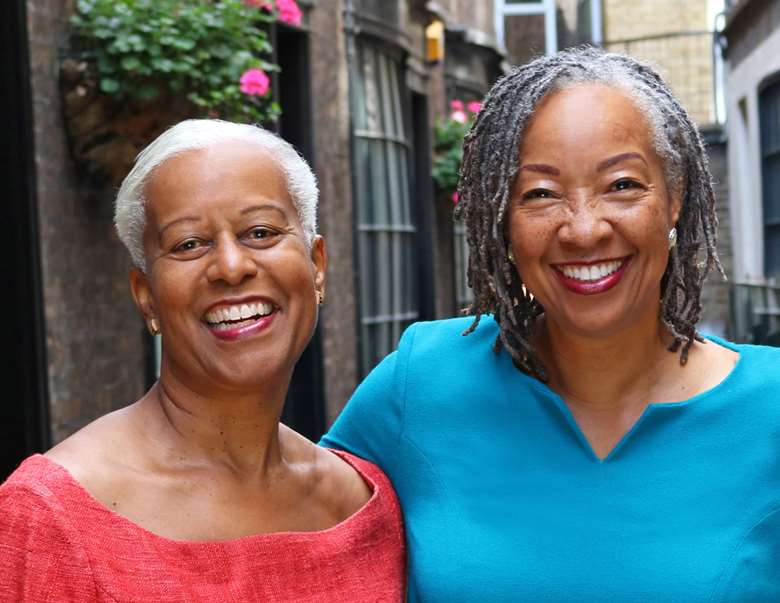What do we mean by inclusive language?
Florence Lockheart
Wednesday, June 22, 2022
Jane Oremosu and Maggie Semple OBE talk us through how we can make our music organisations more inclusive


Register now to continue reading
Don’t miss out on our dedicated coverage of the classical music world. Register today to enjoy the following benefits:
- Unlimited access to news pages
- Free weekly email newsletter
- Free access to two subscriber-only articles per month